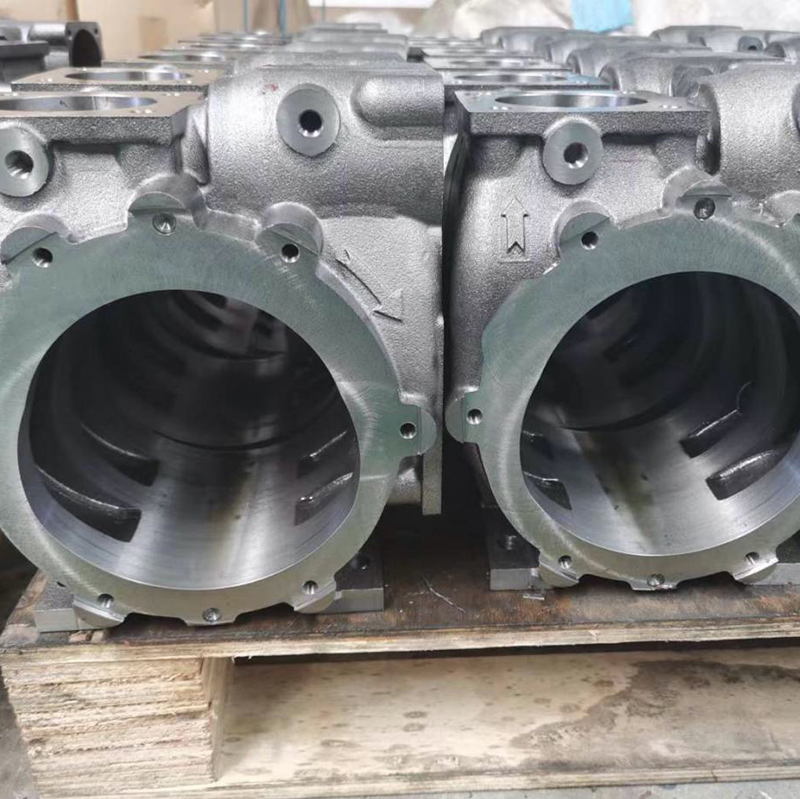Tapping is a common method used to create internal threads on machine parts. It involves using a tap, which is a cutting tool designed to cut threads into a pre-drilled hole. There are two main types of tapping: hand tapping and machine tapping. Hand tapping is typically used for small or hard-to-reach threaded holes, while machine tapping is preferred in mass production due to its efficiency and consistency.
When performing hand tapping, it's important to ensure the workpiece is securely clamped and positioned correctly. The tap should be aligned perpendicular to the surface of the workpiece to avoid cross-threading. Initially, the tap is turned only a few revolutions before checking its alignment. If misalignment occurs, the tap should be removed and reinserted with care. Once the tap is properly engaged, it should be rotated slowly, with periodic back-and-forth motion to clear chips and reduce the risk of breakage.
For machine tapping, proper setup is crucial. The machine’s spindle must have minimal radial runout, and the tap must be concentric with the drilled hole. A safety chuck is often used to prevent tap breakage under high cutting forces. Cutting speed and feed rate should be adjusted based on the material being tapped, the tap size, and the depth of the hole. Lubrication is also essential to reduce friction and heat, prolonging the life of the tap and improving thread quality.
Common issues during tapping include broken taps, oversized threads, and poor surface finish. These problems can be caused by improper tap selection, incorrect bottom hole diameter, excessive speed, or inadequate lubrication. To resolve these issues, it’s important to follow recommended tapping parameters, use the right tools, and maintain the tap regularly. In cases where a tap breaks inside a hole, several methods can be used to remove it, such as using pliers, welding a nut, drilling, or even using an electric discharge machining (EDM) system.
Proper technique, maintenance, and attention to detail are key to successful tapping operations. Whether done manually or with a machine, following best practices ensures accurate and durable threads, reducing downtime and improving overall productivity.
The structure of the pump is also not complicated. For example, a centrifugal pump is mainly composed of a pump body, an impeller, a sealing ring, a rotating shaft, a shaft seal box and other components. Each part can be finished by casting process. Then assembled into a complete pump.

Water Pump Parts,Pump Head Connecting Pipe,Water Pump Head,Pump Head Pipe Tube
Dandong Haichuan Machinery Co., Ltd. , https://www.ddhccasting.com